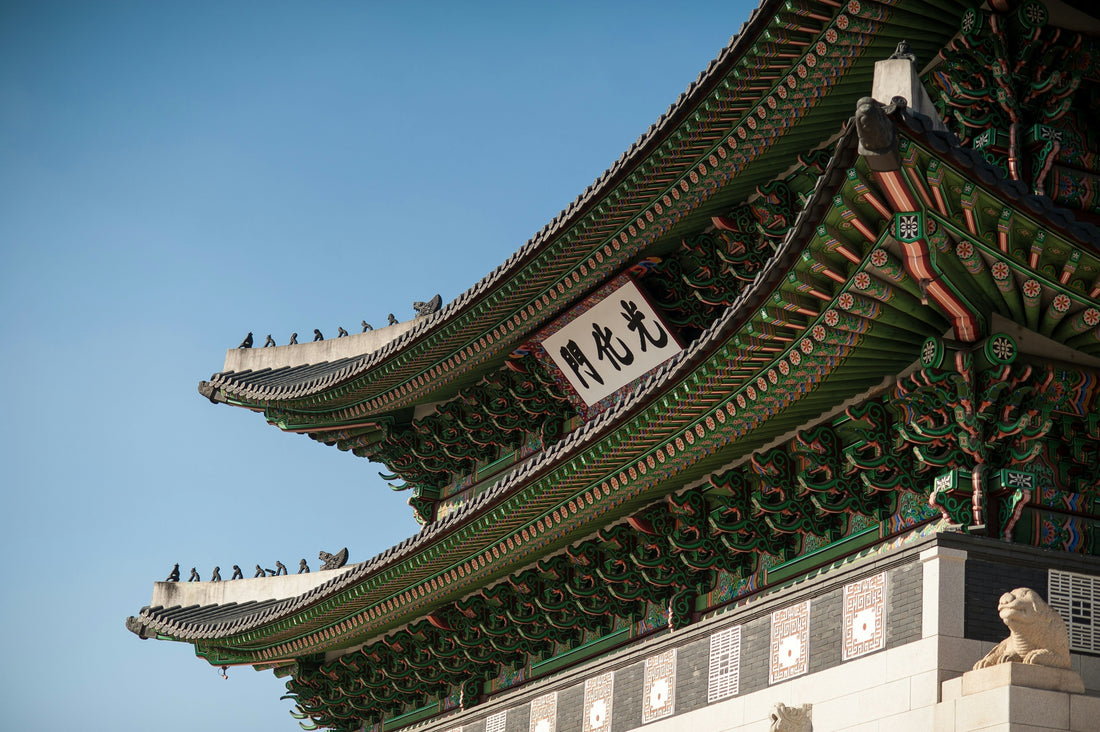
The Story of Hangul: Korea’s Alphabet and Identity
Daebak InternsShare
When people talk about Korean culture, they often mention K-pop, dramas, or food. But if you ask Koreans what makes them most proud, the answer is often something far simpler: Hangul, the Korean alphabet.
To outsiders, it might just look like another script. But to Koreans, Hangul is more than letters. It’s a story of accessibility, identity, and creativity.
How It All Began

Back in the 15th century, reading and writing in Korea weren’t easy. At the time, people used Classical Chinese characters, which were complicated and difficult to learn. Only the educated elite could use them fluently, which meant most ordinary people couldn’t read or write their own language. That’s when KingSejong the Great, one of Korea’s most beloved rulers, stepped in. In 1443, he and a group of scholars created a new writing system designed specifically for the Korean language. It was called Hunminjeongeum, which means “the proper sounds for the instruction of the people.” The idea was revolutionary: an alphabet that ordinary farmers and commoners could actually learn and use in daily life.King Sejong famously said, “A wise man can acquaint himself with them before the morning is over; a stupid man can learn them in the space of ten days.” The message was clearHangul was designed to be simple, logical, and accessible.
Why It Matters
Hangul wasn’t just about language; it was about empowerment. For the first time, everyday people could record their thoughts, write letters, and preserve their own stories. In a society where literacy had been limited to the elite, this was groundbreaking.
Of course, it wasn’t smooth sailing. Many scholars and aristocrats resisted the new alphabet, dismissing it as “children’s letters.” But over time, Hangul endured. Its practicality and beauty proved too strong to ignore.
Today, Hangul is celebrated not just as a tool for communication but as a symbol of Korea’s identity. Its creation is one of the few times in history that a national writing system can be traced back to a single person and a king who genuinely wanted to help his people.
A Modern Source of Pride
Every year on October 9, South Korea celebrates Hangul Day, a national holiday honoring the alphabet’s invention. Schools, museums, and cultural centers host exhibitions, and you’ll often see creative displays of Hangul in art, design, and even fashion.
What’s more, Hangul’s reputation for logic and simplicity has made it a fascination for linguists worldwide. The letters are based on the shapes your mouth makes when pronouncing them, making it one of the most scientific alphabets ever created.
In everyday life, Hangul also plays a big role in Korea’s global image. Thanks to the spread of K-pop and K-dramas, fans around the world are learning Hangul to sing along to lyrics or understand dialogue without subtitles. Some even take the step of studying abroad at Korean language schools if you’re curious about how to apply, check out this guide to studying Korean in South Korea.
Social media is full of international learners proudly writing their names in Hangul or sharing photos of handwritten notes. What was once created for Korean farmers is now connecting millions of people across cultures.
Hangul Everywhere
If you’ve ever walked the streets of Seoul, you’ve probably noticed how Hangul isn’t just functional, it’s also beautiful. Designers use it in logos, fashion brands play with its shapes, and artists create modern calligraphy that feels both traditional and fresh. The alphabet has become a design language in itself, one that Koreans enjoy seeing reinvented in creative ways.
Even abroad, Hangul has become a kind of cultural ambassador. Universities across the world now offer Korean language courses. For those who want to bring a piece of this design culture home, there are even curated boxes like the I-Style Is Daebak box, which capture Korean trends and lifestyle items influenced by the very identity Hangul represents. Learning Hangul is often the first step for fans who want to dive deeper into Korean culture proof of how powerful an alphabet can be.
More Than Just Letters

At the end of the day, Hangul isn’t just a writing system. It’s a reminder of Korea’s values:accessibility, innovation, and identity. It reflects the idea that language should belong to everyone, not just the privileged few.For visitors to Korea, recognising Hangul on street signs or reading your first Korean word is more than a travel milestone it’s a small connection to a history of resilience and pride. For Koreans, it’s part of what makes them who they are.
So next time you see the graceful lines of Korean letters, remember: you’re not just looking at an alphabet. You’re looking at one of Korea’s greatest cultural treasures, a creation that gave voice to a nation and continues to bring people together centuries later.

